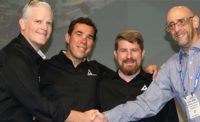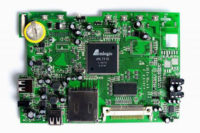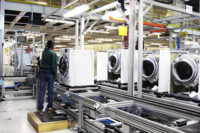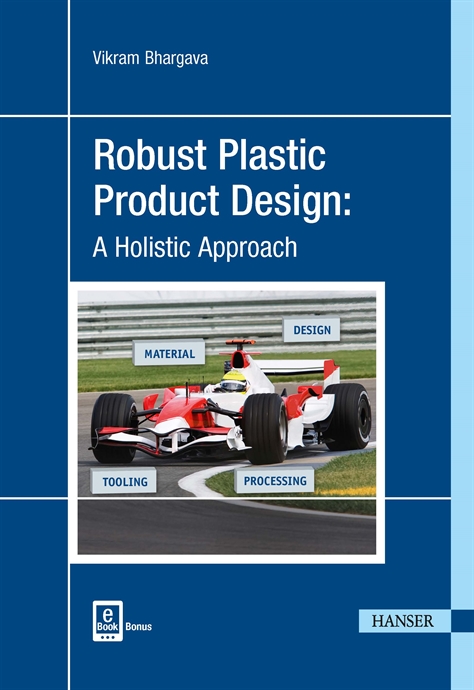Current conditions are propelling a global supply chain shift. Tariffs, the COVID-19 pandemic and sustainability concerns are driving this change. It’s a welcome trend. The Reshoring Initiative has been helping manufacturers reshore production through total cost of ownership (TCO) analysis since 2010.
As manufacturers consider more resilient, localized supply chains, they will need to optimize their own operations, as well. Automation, process innovation and part redesign will help make U.S. manufacturers more competitive. Optimizing production will further close the cost gap by making U.S. manufacturing cheaper and more efficient.
Here are five cases of successful reshoring of product assembly.
Baltimore contract manufacturer Zentech Manufacturing has been helping companies reshore for almost a decade. “More and more, we’re seeing people complaining about their offshore experiences,” says Matt Turpin, founder of Zentech.
One of those companies was Outsite Networks Inc., a manufacturer of wireless printers and touchpad systems in Norfolk, VA. A few years ago, Outsite turned to Zentech to reshore manufacturing from China. Outsite was experiencing inconsistent quality and poor collaboration with its offshore manufacturing partner. In contrast, Zentech applied new technology to make labor costs a smaller percentage of the total cost of the product. Zentech’s close proximity to Outsite lowered costs associated with offshoring, such as shipping. It also increased flexibility and shortened lead times, making it cheaper to manufacture locally.
Bystronic Inc. is a global supplier of press brakes, laser cutting systems and tube bending machines. The company reached a watershed moment with assembly of its first laser-cutting machine at its factory in Hoffman Estates, IL. With local assembly, the company was able to reduce lead time and installation time, reduce import costs, and strengthen customer relationships. Reshoring assembly was cheaper and more efficient.
Detroit Bikes has been making bicycles in the Motor City since 2011. The company makes its own bikes, and it offers assembly services to other bicycle OEMs. Recently, Detroit Bikes won a contract with Dick’s Sporting Goods with a goal of delivering 10,000 units in the first year. Reshoring assembly from China to the U.S. not only reduced risk and shortened lead-time, but also eliminated a 15 percent tariff. To fulfill the contract, Detroit Bikes hired seven new employees and projects an additional 50 jobs within the next year or two.
Many manufacturers cite “product redesign” as a top reason to reshore production or keep manufacturing here. Product redesign was part of the equation that enabled Tesla to reshore battery production from Japan to its Gigafactory in Nevada. The facility produces battery packs from start to finish. Tesla cut costs and optimized production through automation, product redesign and waste reduction.
AmFor Electronics reshored wire harness manufacturing from China and Mexico to Portland, OR. With the help of the Oregon Manufacturing Extension Partnership, the company employed lean manufacturing, process improvements and product redesign to be cost-competitive with imports, retaining and creating 55 U.S. jobs.
Now is a good time for companies to re-evaluate the choice of domestic vs. offshore production. To help quantify those costs, the Reshoring Initiative provides tools to help companies decide objectively whether their overhead will come down more than their manufacturing cost goes up when sourcing locally. Our free online TCO Estimator will more accurately determine the real profit and loss impact of reshoring or offshoring. After doing the math, most companies will decide to bring some work back.
See if reshoring makes economic sense for your company. Visit our website: www.ReshoreNow.org.








